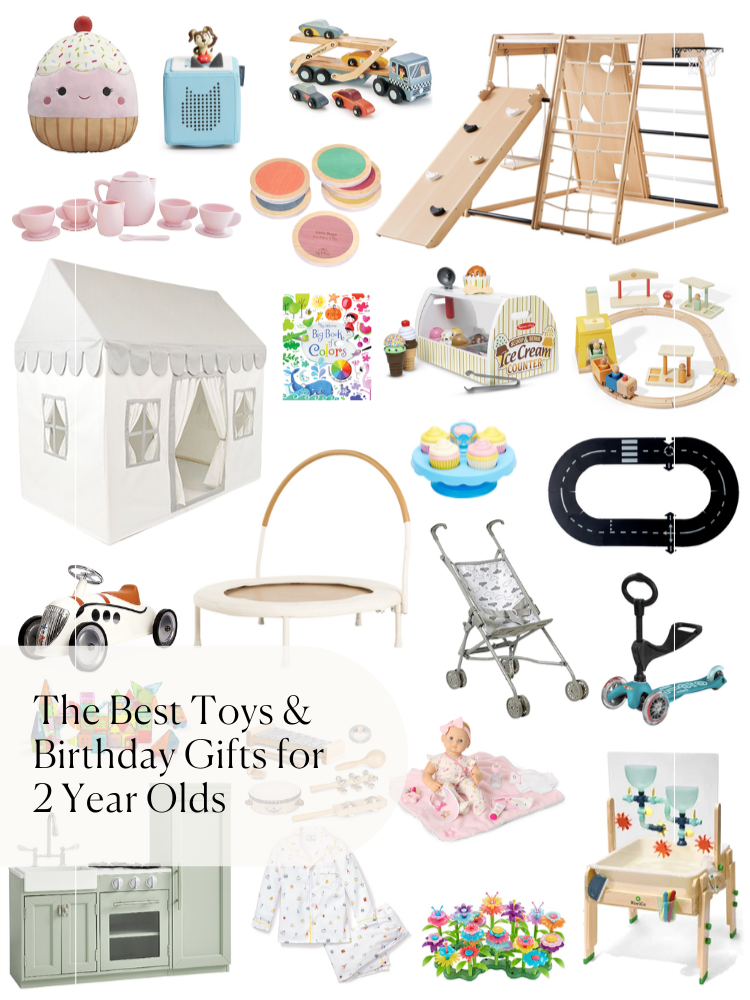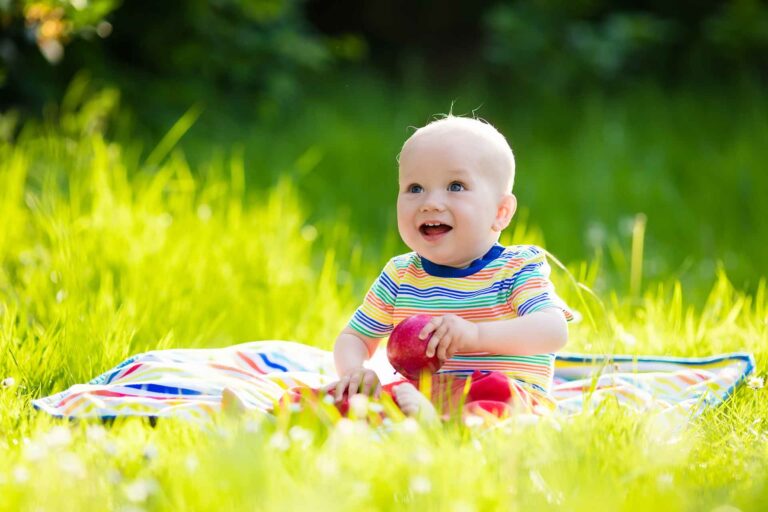Small Pets for Kids: A Guide to Choosing and Caring for Your Child’s New Companion
Introducing a small pet into your family can be a rewarding experience for both children and parents alike. These furry, feathered, or scaly companions offer numerous benefits, from teaching responsibility to providing endless hours of entertainment. In this guide, we’ll explore the types of small pets suitable for kids, the factors to consider when choosing one, and the essential care and maintenance tips to ensure your child’s pet thrives.
Whether you’re considering a cuddly hamster, a chirping budgie, or a curious turtle, understanding the specific needs and requirements of different species is crucial. Our comprehensive list of small pets will help you find the perfect match for your child’s age, maturity level, and interests.
Introduction
Small pets are animals that are suitable for children to own and care for. They are typically small in size, have a gentle temperament, and are easy to maintain.
Owning a small pet can be a rewarding experience for children. It can teach them about responsibility, empathy, and the importance of caring for another living creature. It can also provide them with companionship and unconditional love.
Benefits of Owning a Small Pet for Children
- Teaches children about responsibility and empathy
- Provides companionship and unconditional love
- Can help children learn about nature and the importance of caring for animals
- Can be a fun and rewarding experience for children
Responsibilities of Owning a Small Pet
- Feeding and watering the pet
- Cleaning the pet’s cage or habitat
- Taking the pet to the vet for regular checkups
- Providing the pet with love and attention
Types of Small Pets

There are many different types of small pets that can make great companions for kids. Some of the most popular choices include:
Mammals
- Hamsters: Hamsters are small, furry rodents that are very active and playful. They come in a variety of colors and patterns, and they are relatively easy to care for.
- Guinea pigs: Guinea pigs are larger than hamsters, and they are known for being very social and affectionate. They need to be kept in pairs or groups, and they require a bit more space than hamsters.
- Rabbits: Rabbits are the largest of the small mammals that are commonly kept as pets. They are very social animals, and they need a lot of space to run and play. Rabbits can live for up to 10 years, so they are a long-term commitment.
Birds
- Budgies: Budgies are small, colorful parrots that are very popular pets. They are very active and playful, and they can learn to talk. Budgies need to be kept in pairs or groups, and they require a lot of attention.
- Canaries: Canaries are small, yellow birds that are known for their beautiful singing. They are relatively easy to care for, and they can live for up to 10 years.
- Finches: Finches are small, colorful birds that are very active and playful. They come in a variety of colors and patterns, and they are relatively easy to care for.
Reptiles
- Turtles: Turtles are slow-moving reptiles that can make great pets for kids. They are relatively easy to care for, and they can live for up to 50 years. Turtles need a large tank with plenty of space to swim and bask.
- Lizards: Lizards are a diverse group of reptiles that come in a variety of sizes and colors. Some of the most popular lizards for pets include bearded dragons, leopard geckos, and iguanas. Lizards need a terrarium with plenty of space to climb and hide.
- Snakes: Snakes are not as popular as pets as other reptiles, but they can make great companions for kids who are interested in learning about these fascinating creatures. Snakes need a terrarium with plenty of space to move around and hide.
Amphibians
- Frogs: Frogs are small, green amphibians that are very active and playful. They need a terrarium with plenty of space to swim and hide. Frogs can live for up to 10 years.
- Toads: Toads are similar to frogs, but they have a more bumpy skin. They are also more terrestrial than frogs, and they do not need as much water to survive. Toads can live for up to 10 years.
Factors to Consider
Choosing the right small pet for your kids involves careful consideration of several factors. These factors ensure a harmonious and responsible pet ownership experience.
Here are some key aspects to keep in mind:
Age and Maturity Level
The age and maturity level of your child significantly influence the type of pet they can handle. Younger children may require pets that are low-maintenance and easy to care for, such as fish or small rodents.
Allergies or Sensitivities
Consider any allergies or sensitivities that your child or family members may have. Some small pets, like rabbits or guinea pigs, can trigger allergic reactions in certain individuals.
Time and Effort Required for Care
Pet ownership requires a significant investment of time and effort. Determine how much time your child is willing and able to dedicate to caring for a pet. Consider tasks such as feeding, cleaning, and exercising.
Cost of Ownership
Owning a pet comes with various expenses, including food, veterinary care, and supplies. Ensure that you have the financial resources to provide adequate care for your pet throughout its lifetime.
Care and Maintenance
Small pets are generally low-maintenance, but they still require regular care to stay healthy and happy. This includes providing them with a proper diet, housing, exercise, and enrichment, as well as ensuring their health and grooming needs are met.
Feeding and Nutrition
The type of diet a small pet needs will vary depending on the species. Some small pets, such as rabbits and guinea pigs, are herbivores and require a diet high in hay and fresh vegetables. Others, such as hamsters and gerbils, are omnivores and require a diet that includes both plant and animal matter. It is important to research the specific dietary needs of your pet to ensure you are providing them with the proper nutrition.
Housing and Bedding
The size and type of housing you need for your small pet will depend on the species. Some small pets, such as hamsters and mice, can be housed in a cage, while others, such as rabbits and guinea pigs, require a hutch or enclosure. The housing should be large enough for your pet to move around comfortably and should include a hiding place and a place to sleep. The bedding should be soft and absorbent, and should be changed regularly to keep it clean.
Exercise and Enrichment
Small pets need regular exercise to stay healthy and happy. This can be provided by giving them a play area outside of their cage or enclosure, or by providing them with toys that encourage them to move around. It is also important to provide your pet with enrichment activities, such as puzzle toys or chew toys, to keep them mentally stimulated.
Health and Grooming
Small pets should be taken to the vet for regular checkups to ensure they are healthy. This will include a physical examination, as well as vaccinations and deworming. You should also groom your pet regularly to keep their coat clean and free of mats. This will help to prevent skin problems and keep your pet looking their best.
Safety and Supervision
Small pets can be great companions for kids, but it’s important to remember that they’re still animals and can be unpredictable. That’s why it’s crucial to ensure safety and supervision when children interact with small pets. Teach your kids how to handle pets gently, and supervise them closely to prevent any accidents.
Responsible Handling
- Show your kids how to hold pets securely, supporting their body with one hand and using the other to gently stroke their head or back.
- Explain to them that they should never grab or pull at pets, as this can cause injury.
- Teach them to respect the pet’s space and not to bother them when they’re sleeping or eating.
Preventing Bites or Scratches
- If a pet seems agitated or scared, teach your kids to give it space and avoid approaching it.
- Tell them not to put their fingers near a pet’s mouth or eyes, as this can trigger a defensive reaction.
- If a pet does bite or scratch your child, clean the wound immediately and seek medical attention if necessary.
Educational Benefits
Small pets can provide valuable educational benefits for children, fostering their development in various ways.
Fostering Responsibility and Empathy
Caring for a pet teaches children the importance of responsibility and empathy. They learn to provide daily care, such as feeding, cleaning, and providing affection, which helps them develop a sense of duty and compassion towards living beings.
Teaching About Animal Care and Biology
Interacting with a small pet offers children hands-on experience with animal care and biology. They learn about the animal’s specific needs, behaviour, and life cycle, gaining a deeper understanding of the natural world.
Promoting Healthy Physical Activity and Outdoor Play
Pets like rabbits and guinea pigs require regular exercise and outdoor time. Children often engage in physical activities such as playing with, grooming, or taking their pets for walks, promoting healthy habits and a love for the outdoors.
FAQ Section
What is the best small pet for a child?
The best small pet for a child depends on their age, maturity level, and interests. Factors to consider include the pet’s size, activity level, and grooming needs.
How much does it cost to own a small pet?
The cost of owning a small pet varies depending on the species, initial purchase price, food, supplies, and potential veterinary care. It’s important to factor in these expenses before making a decision.
How can I teach my child to be responsible for their small pet?
Involve your child in the daily care of their pet, such as feeding, cleaning, and grooming. Set clear expectations and provide guidance to help them understand their responsibilities.
What are the safety precautions I need to take when my child interacts with their small pet?
Supervise all interactions between your child and their pet. Teach them how to handle the pet gently and avoid sudden movements. Ensure the pet’s cage or enclosure is secure and provides a safe environment.





